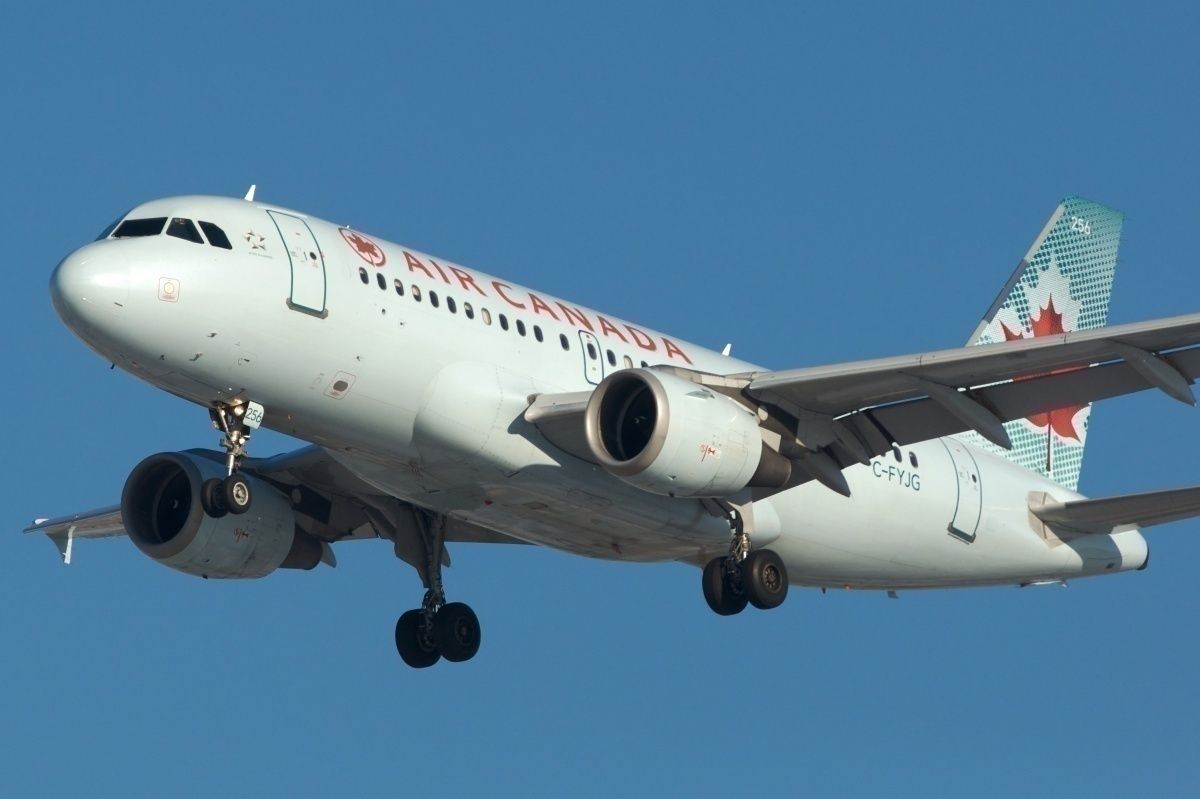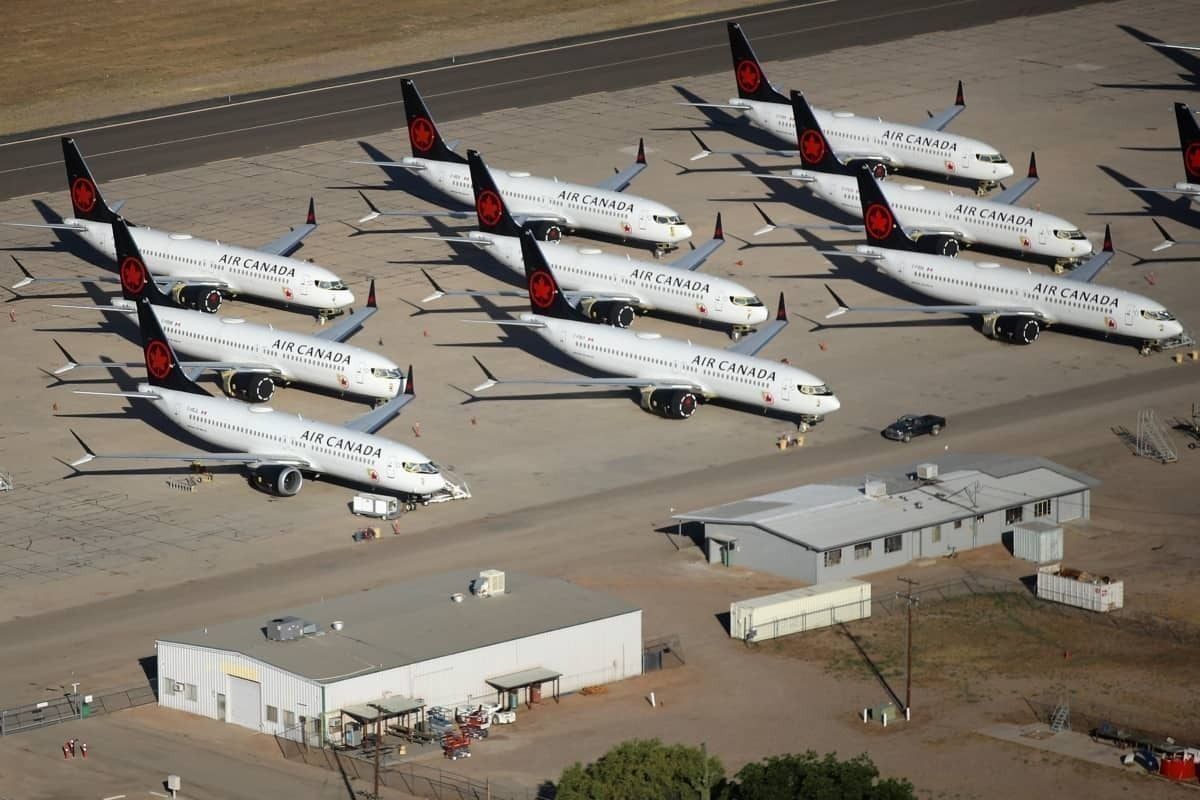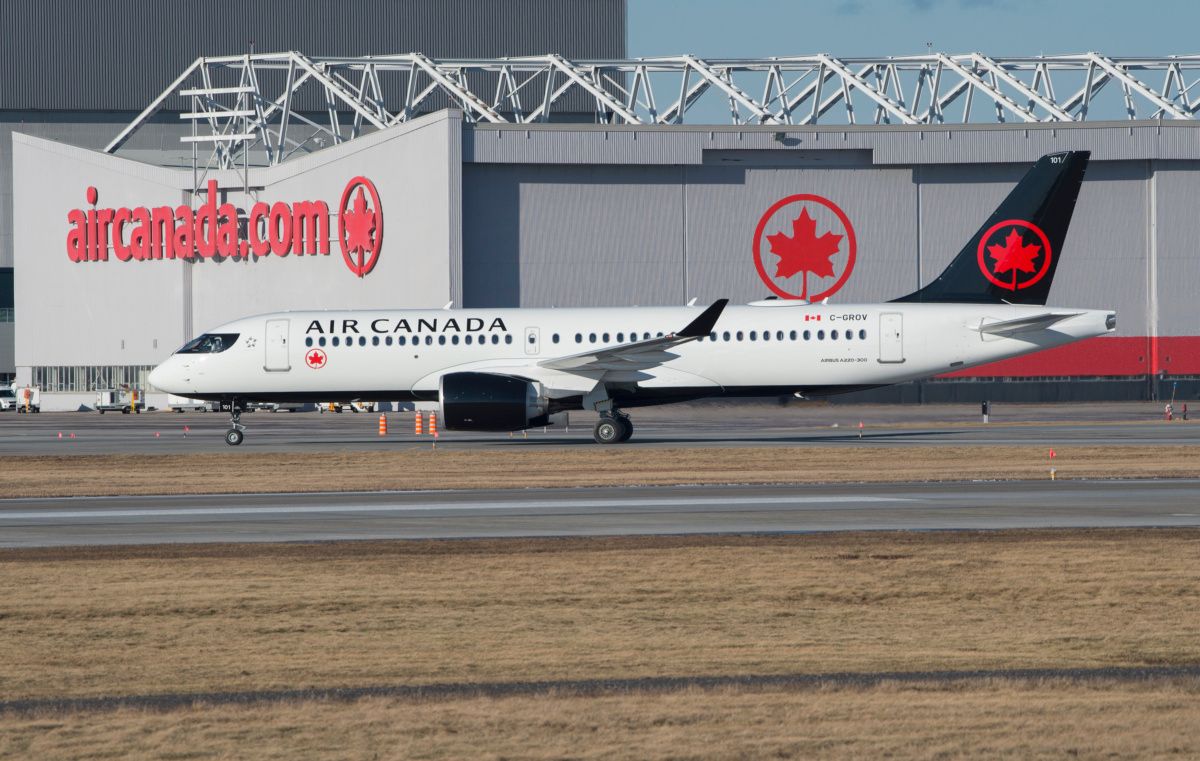An Air Canada Airbus A319-100 was performing flight number AC-992 from Mexico City International Airport (MEX) to Toronto Pearson International Airport (YYZ) on May 26th when an unexpected incident occurred. As the nearly 30-year-old registration C-FYKR plane was taking off from Mexico's runway 05L, the crew aborted the takeoff between 60 and 70 KIAS (Knots-Indicated Air Speed) after noticing a surge in the port side (CFM56) engine. However, the aircraft managed to slow down and taxi back to the apron without further incident.
While reporting the Air Canada engine-surge incident, aviation website, The Aviation Herald said that the plane was carrying 85 passengers between Mexico and Canada. The flight was immediately canceled with no word as to what arrangements were made for the passengers.
What is an engine stall?
An engine stall or compressor stall is essentially a breakdown of the airflow inside the engine. When air is disrupted during the various stages of compression to the airfoils, they will stall. This then creates a build-up of pressure inside the engine, causing it to backfire. Due to a now excessively rich mixture of fuel and not enough air, the compressor fails, causing a loud bang and yellow flames to visibly shoot out of the engine.
Providing they are not damaged, modern jet engines can be restarted in the same way as you would fix a stalled wing. This is by re-establishing the correct airflow. The way this is done is to reduce the pressure behind the compressor, throttle back, and then gently start restoring thrust.
What can cause a pressure surge in a jet engine?
While quite rare, engine surges/compressor stalls do happen and can be caused by several factors:
- A foreign object getting into the engine, such as a piece of metal gravel or even a Chinese passenger throwing a coin in for good luck.
- One of the most common causes of an engine surge is due to bird strikes.
- Dirty, worn, damaged, or contaminated compressor components.
- In-flight ice build-up.
- Extreme flight maneuvers outside of the engine's design parameters.
- Improper use of the engine.
About the Airbus A319
The Airbus A319 is a shortened version of the European planemaker's best-selling A320 aircraft. The A319 is a short to medium range narrow-body aircraft capable of carrying between 124 to 156 passengers. Fitted with two CFM International CFM56-5B7/P or International Aero Engines (IAE) V2527M-A5 turbofans, the single-aisle jet has a maximum range of 3,700 nautical miles (6,900 km; 4,300 mi).
According to the aviation website, Planespotters.net American Airlines is the largest operator of the Airbus A319, with 133 aircraft that have an average age of 16.2 years. Meanwhile, Air Canada operates a fleet of 13 Airbus A319s with an average age of 22.9 years.
What are your thoughts on this Air Canada A319 incident? Let us know what you think in the comment section.



